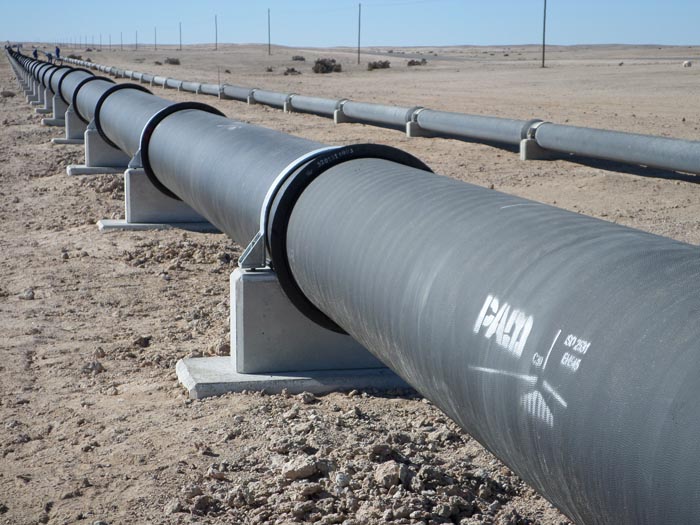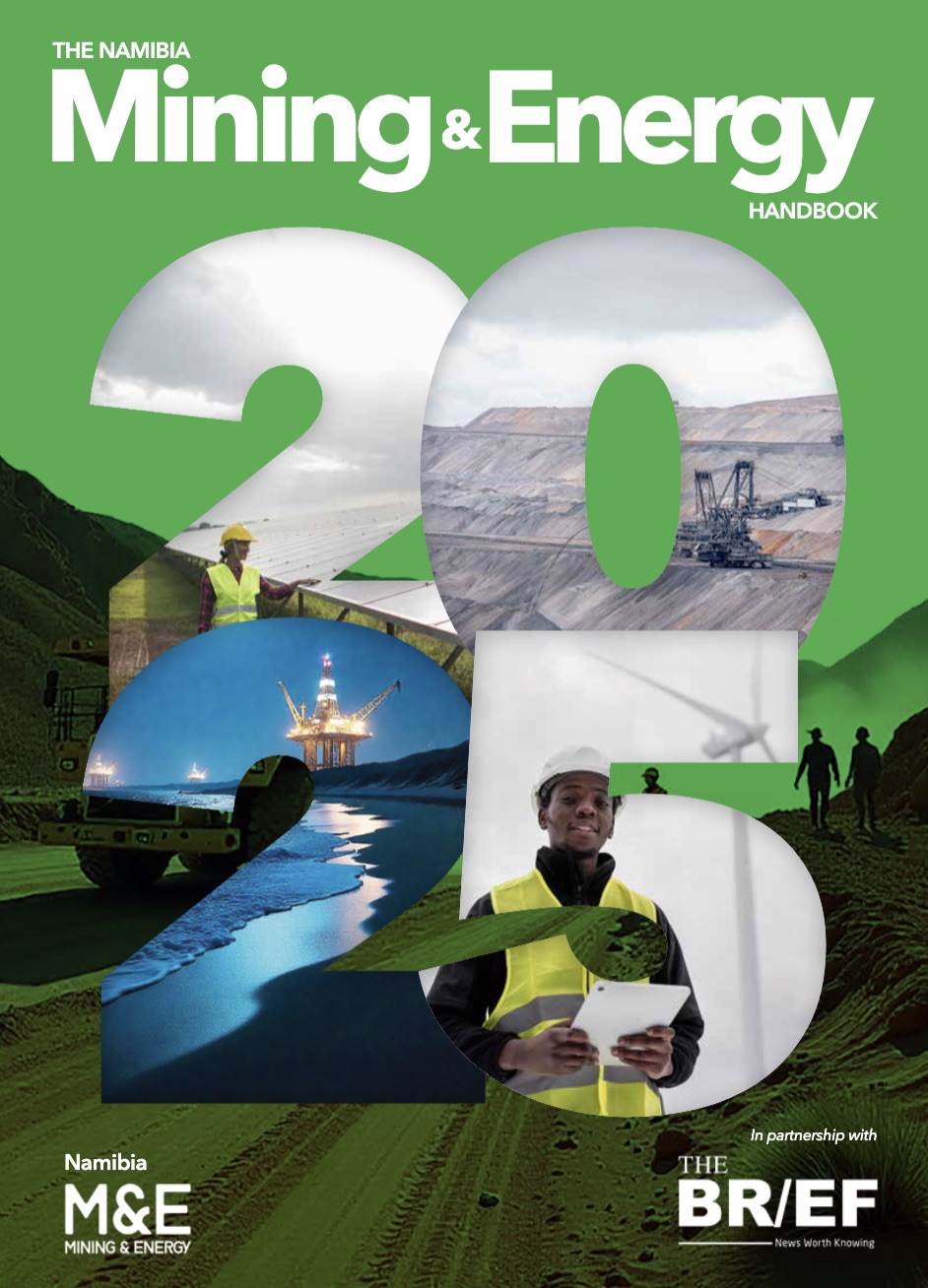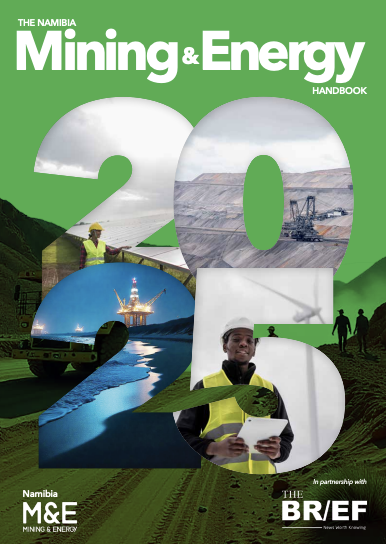
Namibia Water Corporation (NamWater) is pushing ahead with major projects, including the Okavango Link Pipeline, new desalination plants at the coast and Lüderitz, and a 20,000 cubic metre storage reservoir at Swakopmund, to strengthen water security for the mining sector.
Chief Scientific Officer Johannes Sirunda said the utility is also investing in groundwater schemes and bypass pipelines to reduce evaporation losses.
“Cabinet has already approved the Okavango Link Pipeline, and we are at an advanced stage of implementation to augment central area supply from the Okavango River,” he said.
NamWater operates 213 water supply schemes nationwide, supported by 377 reservoirs, 208 boreholes and 422 kilometres of canals.
In the last financial year, it supplied 15.6 million cubic metres of water to mines, with Husab consuming 8.5 million cubic metres and Rössing Uranium the second-largest consumer.
In the central business unit, Navachab Mine is supplied from the Swakoppoort Dam, while groundwater from the Karst aquifer has been allocated to Osino’s planned Twin Hills gold mine.
Osino also plans to draw from the Karibib Marble Aquifer and Kranzberg Boreholes, supplemented by recycled processing plant water, to ensure a sustainable supply. Current demand in this region stands at 48 million cubic metres, compared to developed resources of around 61 million cubic metres following recent good rainfall.
Sirunda said competition for water is intensifying. “The demand is increasing not only for the mining sector but also due to urban growth and lifestyle developments, which now compete with mines for water,” he said.
In the south, Rosh Pinah and Scorpion Zinc are supplied from the Naute Dam and the Orange River, where availability depends on upstream releases from South Africa. Sirunda said a Lüderitz desalination plant and the southern water infrastructure master plan are critical to meeting growing demand from green hydrogen and new mining ventures. “Resource availability in the Orange River can be unreliable, which makes alternative solutions like desalination critical for the region’s long-term supply security,” he said.
At the coast, NamWater supplies Husab, Rössing and Langer Heinrich uranium mines, with future commitments to Etango and Valencia. Water is sourced from the Omdel and Walvis Bay aquifers and supported by the Orano desalination plant, but reduced recharge, ageing infrastructure and population growth are straining capacity. “Our proposed coastal desalination plant and 20,000 cubic metre storage facility at Swakopmund will ensure supply stability, especially during operational interruptions,” Sirunda said.
He urged mining companies to engage early to align water infrastructure with project timelines. “NamWater’s role extends beyond the lifespan of individual mines,” Sirunda said.
The Chamber of Mines of Namibia has repeatedly flagged water shortages as a pressing issue for the industry, particularly for uranium operations in the Erongo Region.







